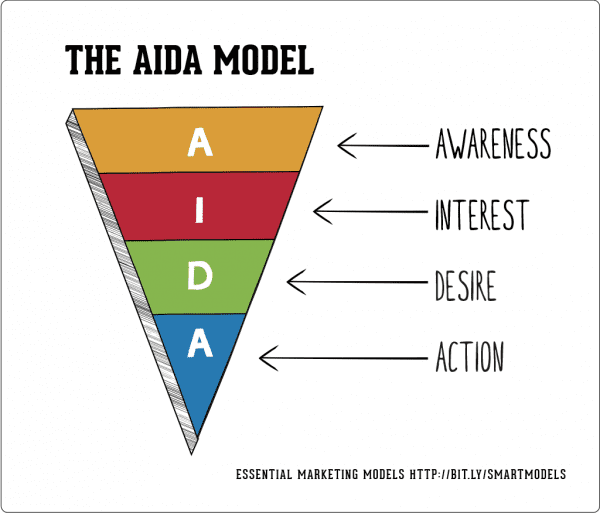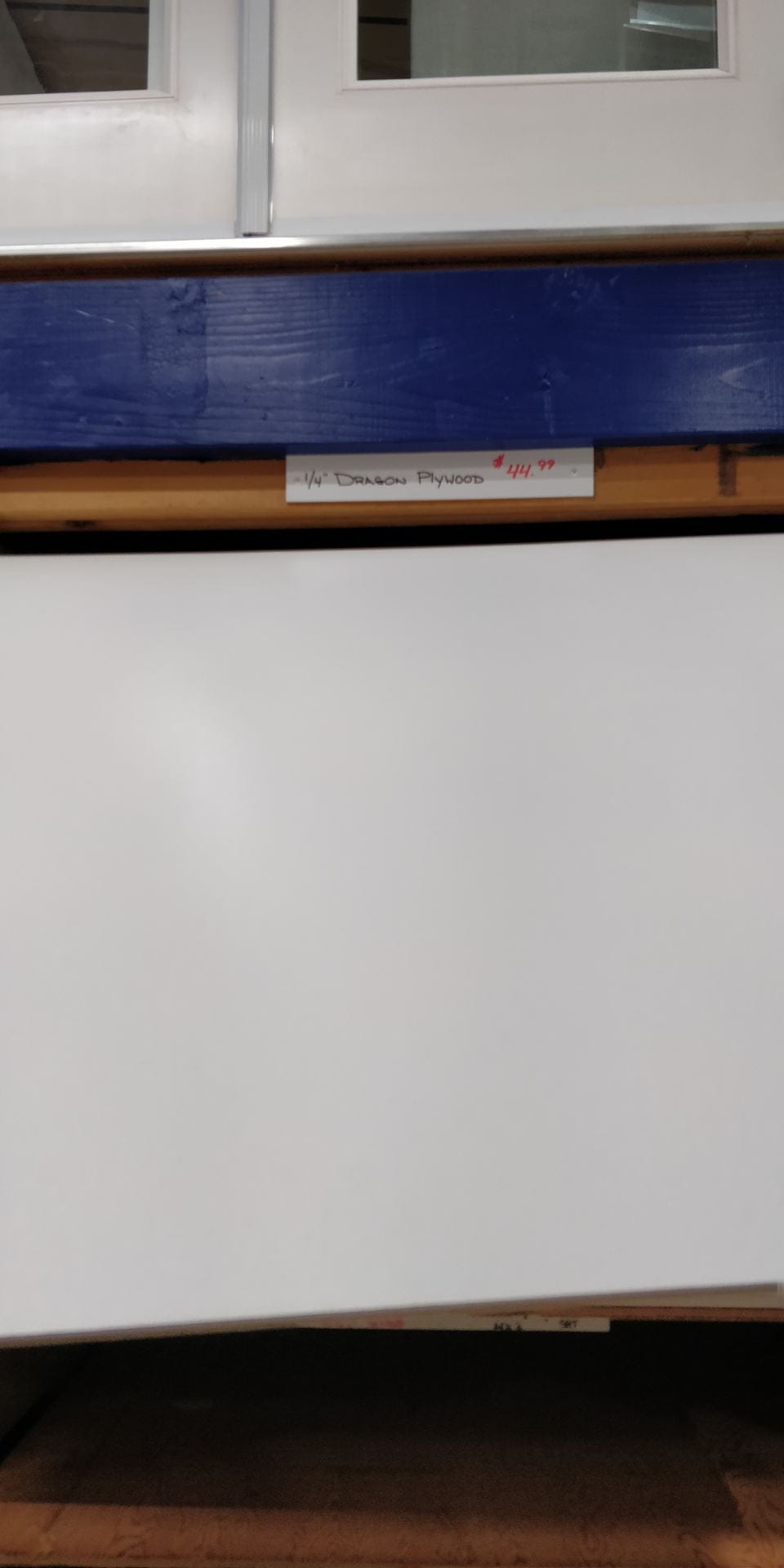In Depth Blog Post #4
Prior to the BC shutdown due to COVID-19, I was making strong progress on my In-Depth project. The majority of this blog post will discuss the work up until spring break.
My mentor’s advice from our last meeting was to conduct some market research. I have completed my research with a total of 82 responses! I am thrilled to see that my peers are interested in my product!
Currently, I have a functioning prototype for my tri-fold. I researched the most cost efficient materials, such as which type of wood, and hinges. I found on Lee Valley’s website a hinge that looked appealing, while still only being about 70 cents each! I gathered information about the various hinges and went with my Dad down to Windsor Plywood to pick up a sheet of “Dragon Plywood”. I was almost ready to start building. First, I wanted to plan out how I would build this tri-fold. I scaled down the pieces that I would be using for my tri-fold. I needed three pieces of wood for my display, one main piece and two smaller pieces. A big part of my project is to be eco-friendly, so I wanted to minimize the amount of waste.
When it came time to cut the wood, my Dad and I set up the table saw on our driveway. This was my first time trying the table saw. My Dad ensured we were safe by providing safety equipment. I had many challenges with the hinges. At first, I thought that glue would be the easiest way to attach the hinges to the boards, but I was wrong. I used super glue first, but when I picked it up, it fell apart quite easily. Next, I tried Epoxy Glue. I thought for sure this would work, but unfortunately, the Glue got caught in the hinges and they wouldn’t move anymore. Then, I tried screws. The wood is quite thin however, so I ended up cutting small pieces of wood out and sticking them with glue onto the back of the board. This ended up being very time consuming, and frustrating. I learned from these experiences however, and came up with an idea. I used both glue and screws in the end. First, I glued the hinges to the board, making sure the glue didn’t get caught in the turning portion of the hinge. Once the glue dried, I drilled in the screws to the hinges. However, on the other side of the board there were screws poking out which were really dangerous. My Dad used a saw-like tool to cut off the ends of the screws and there were so many sparks. My tri-fold prototype was all done!
Mr Bingley also suggested advertising my product early on. I needed to get potential buyers to know that my product existed. An idea popped into my head about my ZIP Project that was coming up. I could use my tri-fold prototype to present my ZIP while still advertising for my In-Depth! This was very effective. My peers kept showing interest in it and I was so happy. My tri-folds might actually work! Hopefully once the COVID-19 situation calm down, I can get right to business.
1. What has been my most difficult mentoring challenge so far? Why?
So far, my mentoring relationship with Mr. Bingley has gone very smoothly. The biggest challenge has been balancing band, Digital Literacy and group work meetings that often happens during CL. In the last week before the break, I wanted to meet with my mentor, but was unable due to other commitments. Furthermore, I anticipate that the most difficult mentoring challenge will be meeting and connecting with him in the future, since school is shut down. I really like the face-to-face aspect of our mentoring relationship and I will miss that deeply. Mr. Bingley also will face difficulty with meeting because he is going to be busy helping his regular students with online learning, and may have family needs that he has to take care of as well.
2. What is working well? Why?
I think my communication with my mentor was working very well. Meeting at CL time was convenient and flexible. I was learning a lot from Mr. Bingley and I was able to put his advice straight into practice, for example, market research. Mr. Bingley is interesting and enjoyable to talk to and I appreciate that he’s taking time out of his busy schedule to help me. Also, my preparation before our meetings has come in handy as we don’t need to waste time deciding what to talk about.
3. What could be working better? How can you make sure this happens?
I would’ve liked to have more meetings with my mentor. With COVID-19, meetings may be more difficult to schedule. I will reach out to Mr. Bingley this week by email to try and find the best time and way to reconvene.




